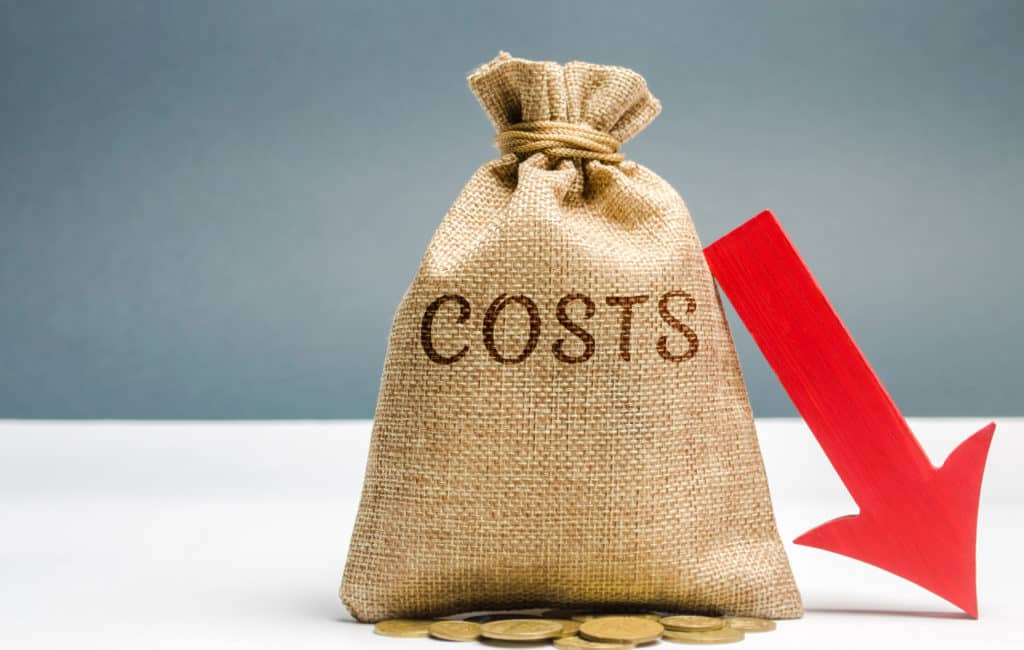In today’s competitive B2B landscape, trust is currency, and referral programs are one of the most cost-effective ways to build and scale that trust. A strong B2b referral programs not only reduces customer acquisition costs but also delivers high-quality leads from credible sources. Whether it’s a satisfied client or a strategic partner, a referral in the B2B world often means a pre-qualified opportunity.
Let’s explore what makes these programs so effective and walk through standout examples of B2B referral success that can inspire your strategy.
In the B2B arena, decision cycles are longer and buyer trust is paramount. Unlike impulse-driven consumer purchases, B2B deals often involve multiple stakeholders and considerable investments. That’s where referrals shine. They serve as warm introductions that shorten the sales cycle and boost close rates.
Companies leveraging referrals often report higher customer lifetime value and retention rates, as the trust built through the referrer creates a more solid foundation for the business relationship.

What Makes a B2B Referral Program Successful?
At their core, successful B2B referral programs combine simplicity, value, and strategic alignment. Here are the key factors behind their effectiveness:
- Clear Incentives: Whether monetary, product-based, or reputational, rewards drive action.
- Easy to Participate: Programs with low friction, such as shareable referral links or simple sign-up processes, see higher engagement.
- Trust and Relevance: The referrer’s credibility and the alignment of the solution to the prospect’s need are critical.
- Scalable Systems: Automated tracking, transparent reporting, and smooth handoffs ensure consistency.
For a referral program to thrive in a B2B context, it must move beyond consumer gimmicks. It’s about building referral marketing systems that reward both partners and performance over the long term.
It’s also important to integrate referral efforts into the overall sales and marketing funnel. Providing enablement materials, training sessions, or dedicated partner managers can elevate participation. High-performing programs often involve tiers or gamified elements to encourage consistent engagement.
Transparency and regular reporting can help maintain motivation, showing partners how much value their referrals are generating. When a business invests in the success of its referrers, those referrers are more likely to become long-term growth partners.
Let’s take a closer look at three examples of B2B referral success stories: Dropbox, HubSpot, and Salesforce.
Dropbox Viral Loop — Simple Sharing with Powerful Incentives
While often seen as a B2C company, Dropbox’s early referral strategy is a textbook case of referral success that applies to B2B. The company offered users free storage space in exchange for inviting colleagues or partners to sign up.
Key success factors:
- Clear reward: Additional GBs of storage per referral.
- Low effort: Sharing required only an email or referral link.
- Scalability: Integrated within the product UI.
Results: Dropbox’s user base grew by 3900% in just 15 months, largely due to its referral program.
Although their audience included individuals, many of those individuals brought Dropbox into their companies, making it an indirect B2B win.
Dropbox also benefited from timing. Referral programs were less saturated when it launched, allowing it to stand out. The double-sided nature of the incentive (both the referrer and referee received benefits) created mutual value. This strategy can be adapted in B2B contexts by offering exclusive content, onboarding assistance, or extended service trials.
The key takeaway is to provide something that feels genuinely useful and relevant to both parties. Companies should also track user behavior to identify the best timing for referral nudges. Dropbox did this by prompting invitations right after successful file sharing experiences.
HubSpot Advocate Strategy — Leveraging Customer Success
HubSpot built a powerful partner referral ecosystem by turning its best users into vocal advocates. Through its Partner Program, the company incentivized agencies, consultants, and developers to refer clients and trained them to be experts in doing so.
Key elements of their strategy:
- Customer advocacy through certification and recognition.
- Structured partner incentives for referrals that led to closed deals.
- Educational content that built trust and expertise.
HubSpot’s approach shows how referrals don’t need to be transactional. They can be part of a broader value exchange where growth and education go hand in hand.
One of HubSpot’s major strengths lies in its ability to create community. By offering tiered partner levels, badges, and even public directories, HubSpot amplified the visibility of its referrers. This visibility became a lead source in itself for many partners, creating a feedback loop of shared success.
Additionally, by integrating referral metrics into their CRM, HubSpot ensured full visibility into the funnel, from the initial referral to closed revenue. Their model illustrates that equipping partners with the right tools and recognition can foster a scalable, self-sustaining network of advocates.
How Salesforce Encourages B2B Platform Referrals
Salesforce capitalizes on its massive ecosystem of partners and integrators. Their referral model hinges on strategic partnerships rather than volume.
Tactics include:
- Referral link systems for app integrations and consultants.
- Revenue-sharing models to attract developers and solution providers.
- Exclusive partner access for elite referrers.
Unlike a basic referral form, Salesforce’s model rewards high-level B2B referrals that bring in enterprise deals. It’s a reminder that in B2B, one qualified referral can be more valuable than a hundred casual ones.
Salesforce also nurtures its partners through extensive onboarding, technical support, and access to co-marketing resources. Their AppExchange marketplace is a prime example. Partners can list integrations and solutions, all while Salesforce tracks referrals and conversions.
This approach enables a true ecosystem where third-party providers are incentivized to drive value and bring in leads. For companies considering this model, the lesson is clear: strategic alignment and shared goals foster high-value referrals and long-term collaboration.
Common Strategies Across Successful B2B Referral Programs
Let’s compare how top B2B players structure their referral systems:
| Brand | Incentive Type | Referral Method | Outcome |
|---|---|---|---|
| Dropbox | Free storage | Shareable links | 3900% user growth |
| HubSpot | Certifications & Revenue | Partner referrals | Increased retention |
| Salesforce | Strategic revenue shares | Platform partnerships | Scaled enterprise reach |
Despite differences in execution, these programs share core traits:
- Clarity in reward structure.
- Ease of entry or participation.
- Trust-building through advocacy.
Whether the program relies on customers or formal partners, the goal is consistent: create a scalable, repeatable growth engine driven by trusted referrals.
It’s also important to note the technology backbone behind these efforts. Using referral software, CRMs, or partner management systems can drastically increase efficiency and insight. Many successful programs include milestone-based incentives, allowing referrers to earn increasing rewards over time.
Custom landing pages and attribution tracking ensure proper credit and give businesses data to refine their strategies. In short, modern B2B referral programs require both strong relationships and strong infrastructure.
Applying These B2B Referral Lessons
If you’re aiming to drive B2B growth through referral marketing, consider these key takeaways:
- Keep it simple, valuable, and aligned with your partners’ goals.
- Look beyond the transaction—build relationships with referrers.
- Invest in content, systems, and support to help partners succeed.
Pro Tip: Start with your most satisfied customers and explore whether they can refer others in their network. If you’re not sure where to begin, a professional cost analysis can help uncover savings that fund new programs like these.
By analyzing what has worked for industry leaders, businesses can reverse-engineer referral strategies that match their scale and customer profile. Remember, B2B buyers value relationships and reliability. Referrals tap directly into those values, converting satisfied users into brand ambassadors.
To get started, map your current customer journey and identify high-satisfaction points. These are your best referral moments. With intention, structure, and measurement, even modest B2B companies can grow through word-of-mouth at scale.



